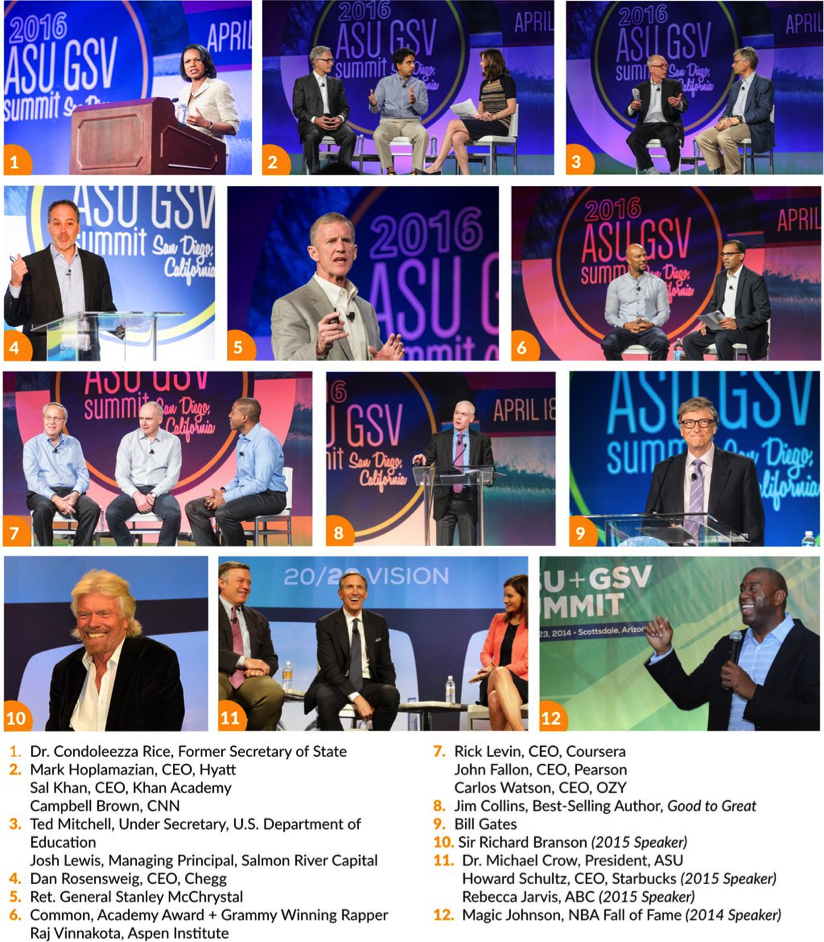A Global Hub for Technology
Model Legislation
And a Nominee for Opportunity!
The third in our 12-ish days of Christmas series, intended to bring gifts to education reformers everywhere!
by Jonathan Harber — Founder, StartED Accelerator
 Move over, Menlo Park — there’s another tech boom coming, and not necessarily where you’d expect it. This boom is being driven by the edtech sector, and it has found its new home in New York City!
Move over, Menlo Park — there’s another tech boom coming, and not necessarily where you’d expect it. This boom is being driven by the edtech sector, and it has found its new home in New York City!
Consider that New York is home to over two million active students and has the largest hub of education institutions, publishing giants, corporate training departments, cutting edge researchers and investors in the industry. We also have the largest school district, community college network, expansive and hugely successful charter schools, and corporate training budgets. The potential is enormous.
New York City has both the biggest potential edtech consumer base and the most places to pilot innovative ideas. No other city in the country has as many university students – not even Boston.
NYC Is a Tech, Deal Hub
It is true that the largest share of the world’s technology innovation is still happening in California, in and around San Francisco and Silicon Valley, but Gotham is number two.
And where there is tech innovation, there’s usually investment. In a 2014 ranking of cities with the most tech start-up funding, California, unsurprisingly, led the way. New York was third, and only because San Francisco and Silicon Valley were listed separately.
It’s undeniable that education systems continue to face pressure to change. With more investment and rapid innovation, we’re nearing a tipping point where the digital transformation in education will develop its own inertia. The community that can cultivate and














